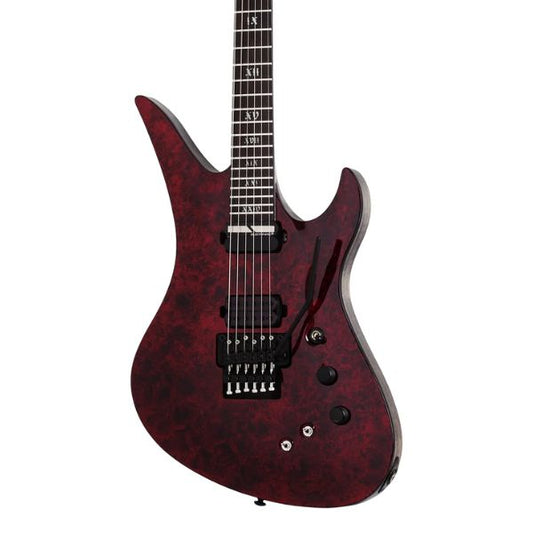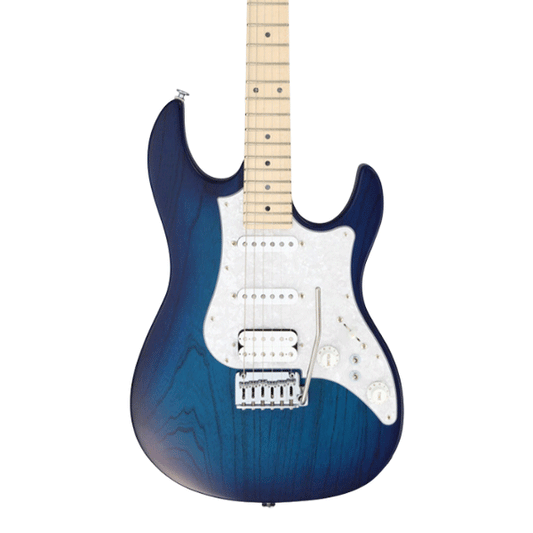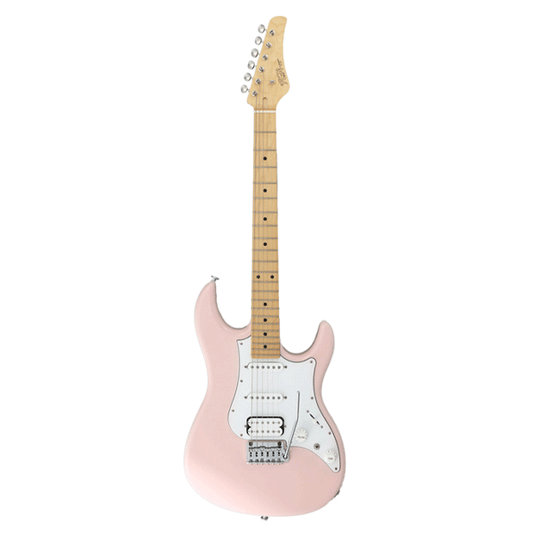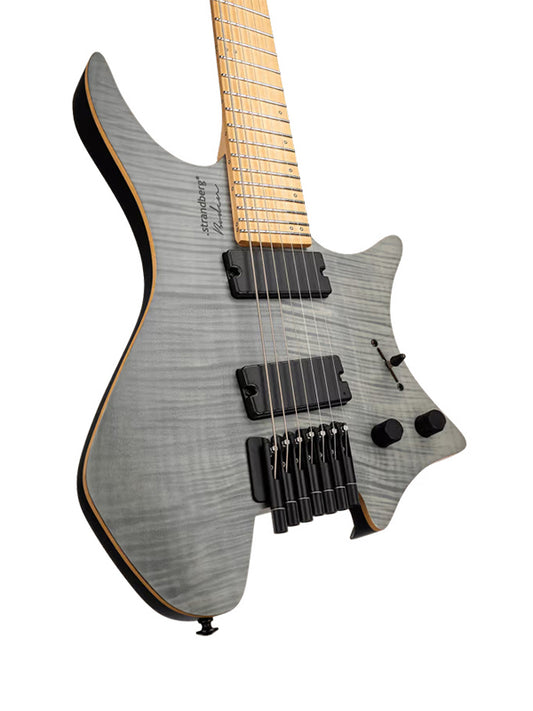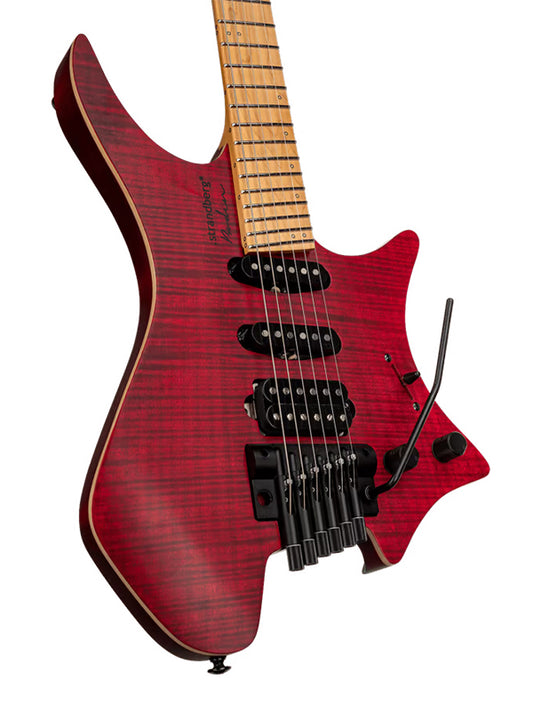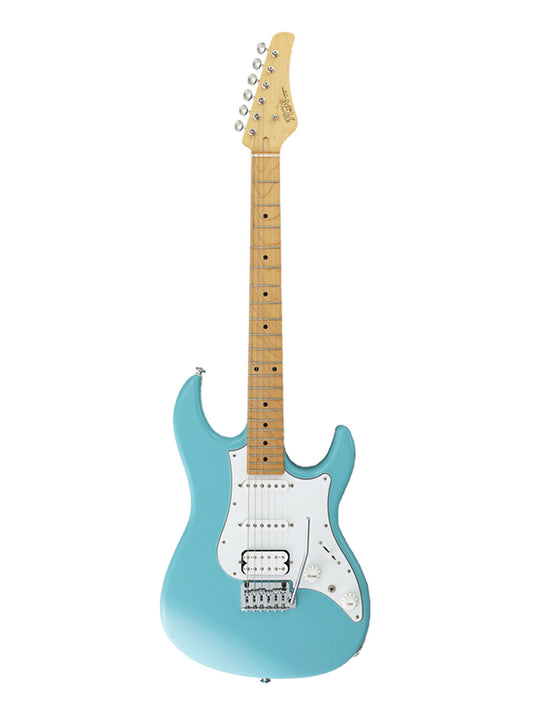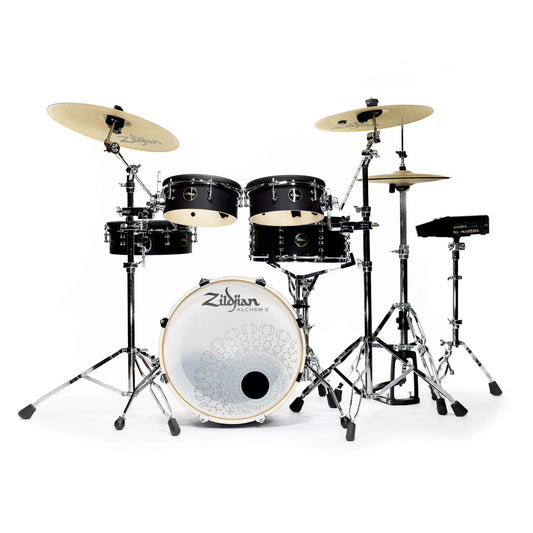-
Schecter C-1 APOCALYPSE Electric Guitar - Rusty Grey
Vendor:SchecterRegular price Rs. 133,860.00Regular priceUnit price perRs. 146,432.00Sale price Rs. 133,860.00Sale -
Schecter C-1 FR APOCALYPSE Electric Guitar - Rusty Grey
Vendor:SchecterRegular price Rs. 153,193.00Regular priceUnit price perRs. 163,855.00Sale price Rs. 153,193.00Sale -
Schecter AVENGER FR-S RR Electric Guitar - Red Reign
Vendor:SchecterRegular price Rs. 153,193.00Regular priceUnit price perRs. 163,855.00Sale price Rs. 153,193.00Sale -
Schecter HELLRAISER C-1 Electric Guitar - Black
Vendor:SchecterRegular price Rs. 87,141.00Regular priceUnit price perRs. 99,024.00Sale price Rs. 87,141.00Sale -
Schecter HELLRAISER C-7 FR Electric Guitar - Black
Vendor:SchecterRegular price Rs. 126,800.00Regular priceUnit price perRs. 136,137.00Sale price Rs. 126,800.00Sale -
Schecter SYNYSTER CUSTOM Electric Guitar - Gloss Black with Silver Pinstripes
Vendor:SchecterRegular price Rs. 126,870.00Regular priceUnit price perRs. 136,216.00Sale price Rs. 126,870.00Sale -
FGN JIL2-DU-EW2-R/KNB Iliad Series J Standard/Boundary Electric Guitar - Koa Natural Burst
Vendor:FGNRegular price Rs. 88,200.00Regular priceUnit price perRs. 105,000.00Sale price Rs. 88,200.00Sold out -
FGN JMY3-MH-EW1-DL-E-ABF Mythic Series J Standard Electric Guitar - Arctic Blue Flat
Vendor:FGNRegular price Rs. 167,517.00Regular priceUnit price perRs. 199,425.00Sale price Rs. 167,517.00Sale -
FGN EOS2-EW1-RM/HCB Odyssey Series Electric Guitar - Hojicha Burst
Vendor:FGNRegular price Rs. 155,400.00Regular priceUnit price perRs. 185,000.00Sale price Rs. 155,400.00Sold out -
FGN EOS2-ASH-M-SBB Odyssey Series Electric Guitar - Expert -See-Thru Blue Burst
Vendor:FGNRegular price Rs. 139,545.00Regular priceUnit price perRs. 166,125.00Sale price Rs. 139,545.00Sale -
FGN JOS2TDEW1R-DMT Odyssey Series J Standard Electric Guitar - Dark Mocha Burst
Vendor:FGNRegular price Rs. 81,732.00Regular priceUnit price perRs. 97,300.00Sale price Rs. 81,732.00Sale -
FGN JOS2DUEW2R-KNB Odyssey Series J Standard Electric Guitar - Koa Natural Burst
Vendor:FGNRegular price Rs. 99,036.00Regular priceUnit price perRs. 117,900.00Sale price Rs. 99,036.00Sale -
FGN JOS2TDM-MBU Odyssey Series J Standard Electric Guitar - Mint Blue
Vendor:FGNRegular price Rs. 73,915.80Regular priceUnit price perRs. 87,995.00Sale price Rs. 73,915.80Sale -
FGN JOS2TDM-SP Odyssey Series J Standard Electric Guitar - Shell Pink
Vendor:FGNRegular price Rs. 73,915.80Regular priceUnit price perRs. 87,995.00Sale price Rs. 73,915.80Sale -
FGN JOS2DUEW3R-MOF Odyssey Series J Standard/Boundary - Mandarin Orange Flat Electric Guitar
Vendor:FGNRegular price Rs. 101,493.00Regular priceUnit price perRs. 120,825.00Sale price Rs. 101,493.00Sale -
Strandberg Boden Prog NX 6 Neck-Thru Plini Edition EndurNeck Electric Guitar - Black
Vendor:StrandbergRegular price Rs. 420,000.00Regular priceUnit price per -
Strandberg Sälen NX 6 Tremolo Plini Edition EndurNeck Electric Guitar - Black
Vendor:StrandbergRegular price Rs. 367,551.00Regular priceUnit price per -
Strandberg Boden Standard NX 7 Electric Guitar - Charcoal
Vendor:StrandbergRegular price Rs. 218,000.00Regular priceUnit price per -
Strandberg Boden Standard NX 6 Temolo EndurNeck Guitar - Red
Vendor:StrandbergRegular price Rs. 241,101.00Regular priceUnit price per -
Mayones Regius Core Classic 6 Strings Electric Guitar - 2 Tone Gloss Trans Amber Burst
Vendor:MayonesRegular price Rs. 595,000.00Regular priceUnit price per -
FGN JOS2TDM Odyssey Series J Standard Electric Guitar - Mint Blue MBU
Vendor:FGNRegular price Rs. 78,990.00Regular priceUnit price perRs. 87,995.00Sale price Rs. 78,990.00Sale -
FGN JOS2DUEW2R Odyssey Series J Standard Electric Guitar - Koa Natural Burst KNB
Vendor:FGNRegular price Rs. 109,990.00Regular priceUnit price perRs. 117,900.00Sale price Rs. 109,990.00Sale -
FGN BOS2RHH Odyssey Series Boundary Electric Guitar - Snow White SWH
Vendor:FGNRegular price Rs. 50,990.00Regular priceUnit price perRs. 56,075.00Sale price Rs. 50,990.00Sale -
FGN BSTMBK24 Boundary Series Electric Guitar - Black
Vendor:FGNRegular price Rs. 57,990.00Regular priceUnit price perRs. 63,000.00Sale price Rs. 57,990.00Sale

FOCAL PRO
DISCOVER THE PROFESSIONAL AUDIO FOCAL PRODUCTS
This is the Focal Professional philosophy. These professional monitors are conveived right from the first stages of R&D to reporduce the sound signal without distorsion.

ZILDJIAN CYMBALS
Blending old world concepts and new world techniques,Zildjianhas evolved with both music and technology, continuing to innovate the process of cymbal...






